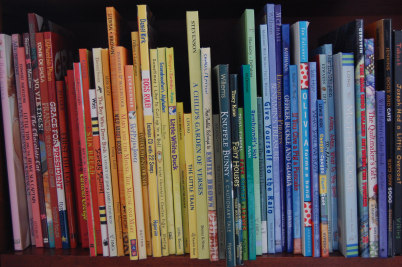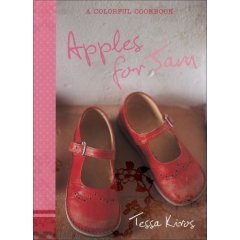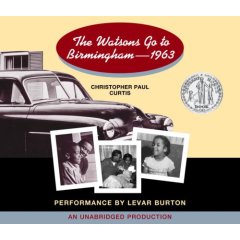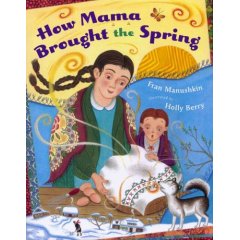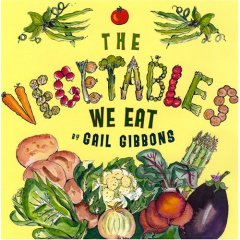We're going to Paris!

Ha! No. But we are reading about Paris during the month of April here at bookstogether. I'm putting together a list of our favorite Parisian-themed picture books (there are quite a few); please comment with yours, and I'll add them to the list.
My favorite picture book about Paris is probably this one, the first in the This is... series by Miroslav Sasek (1959; reiussed by Rizzoli in 2004). I love all of the Sasek books (we've read Paris, Rome, London, New York, and Venice): the distinctive and delightful illustrations, the particular details of place. For Paris, I especially like the cats; the concierge ("She is sort of a guardian angel, and there is one for many houses in Paris"); the Bird Market; the Metro (with ticket); the Louvre (with Mona)--I could go on, but I'm not really leaving anything out. If you're planning a trip to Paris with your kids (or without them!), this should be the first book you read together. Then Madeline. After that, you tell me!

